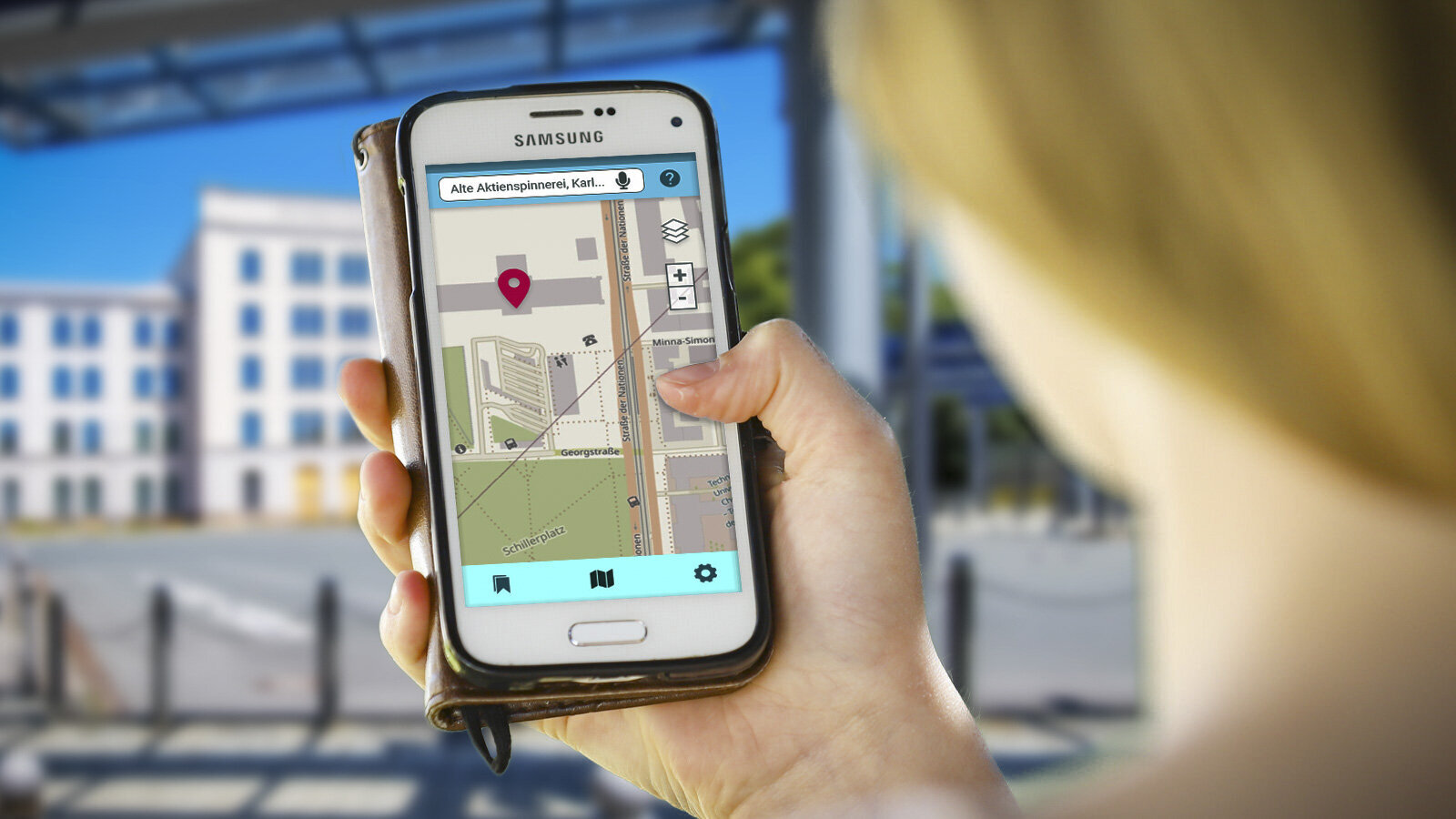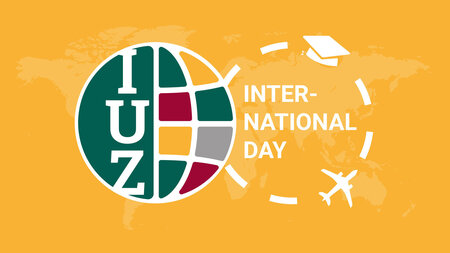The Navigation System for Complex Buildings
Junior research group from Chemnitz develops an indoor navigation and orientation system for physically impaired people - target group is involved in the development
The current state of technology is such that satellites guide cars over roads and pedestrians through cities. But as soon as you enter a building where contact with the satellite is broken off, these systems reach their limits. Anyone who still wants to find their destination using the shortest route in an unknown and often very complex building or wants special information on accessibility needs help. And it is precisely this help in the form of an app for indoor navigation and orientation that young researchers at Chemnitz University of Technology have been developing since the beginning of 2020 - the DYNAMIK project. Specifically, the project is concerned with a "dynamic navigation and orientation system for physically impaired people in complex buildings."
The interdisciplinary team from the fields of media psychology, computer science, and engineering is taking a very practical approach and has chosen the newest building at Chemnitz University of Technology - - the university library in the "Alte Aktienspinnerei" - for the concept environment and the "real field test" of the app. "The building is ideal for us," explains Dr. Julia Richter, the head of the DYNAMIK team. "After all, it is a building open to the public, which also has a size of more than 12,300 square meters of usable space on six floors." The focus of the future app, she says, will be on the greatest possible accessibility for people with physical disabilities. "Of course, the app should not only work well in the university library, but also in other complex buildings," adds Richter.
The project will be implemented in cooperation with project partners from business and science. For example, the Chemnitz junior research group is supported by the SFZ Förderzentrum gGmbH in collecting data on people with impaired vision. "We naturally want to take into account as many needs of physically impaired people as possible in our development," said Richter. Therefore, the junior research group DYNAMIK is pleased with any kind of assistance.
Anyone who would like to support the development personally or knows people in the target group who would like to get involved can contact dynamik@phil.tu-chemnitz.de by e-mail.
Another form of assistance is participation in an online survey, in which the team would like to learn more about smartphone use, navigation, and orientation in buildings by people with physical disabilities. Click here for the questionnaire.
The junior research group is financed by the European Social Fund (ESF) and with tax money from the Free State of Saxony based on the budget approved by the members of the Saxon State Parliament.
Further information on the user survey can be obtained from Nico Tauchmann, phone +49 371 531-30162, e-mail nico.tauchmann@phil.tu-chemnitz.de. General questions about the project are answered by Dr. Julia Richter, phone +49 371 531-37933, e-mail julia.richter@etit.tu-chemnitz.de. The DYNAMIK team is also available on Twitter under @Dynamik_TUC.
Homepage of the DYNAMICS project: www.tu-chemnitz.de/phil/imf/mp/dynamik
(Author: Mario Steinebach / Translation: Chelsea Burris)
Matthias Fejes
16.07.2020





